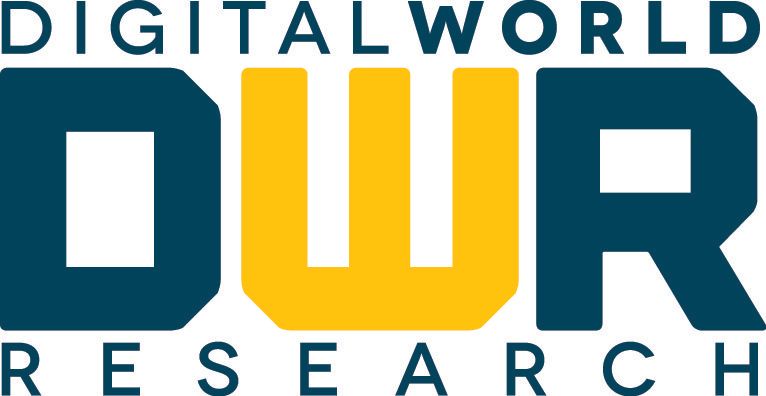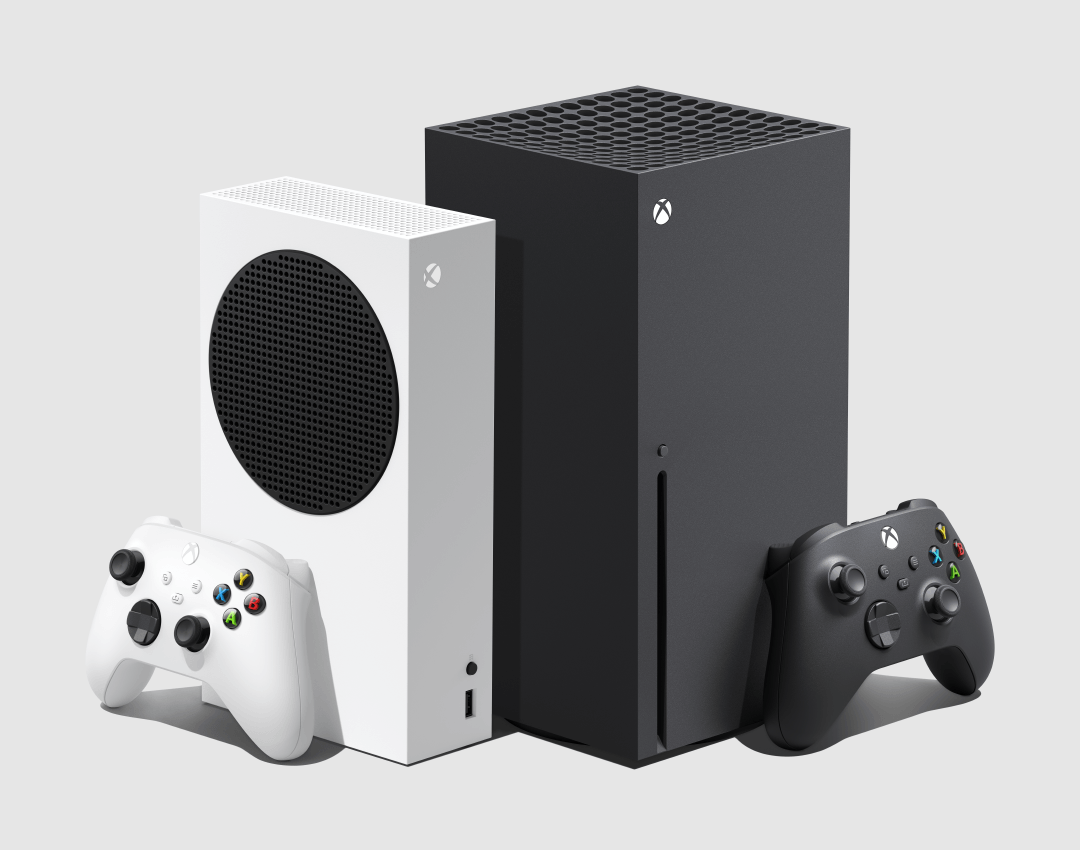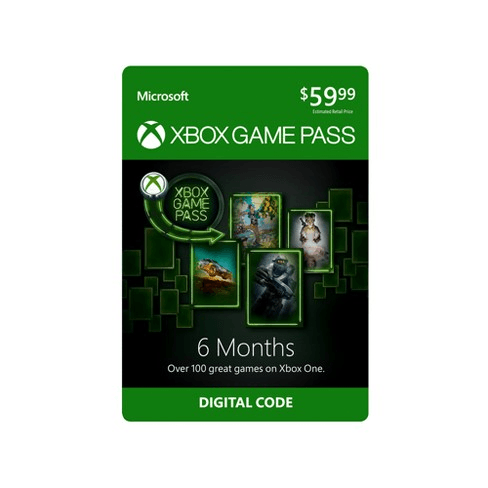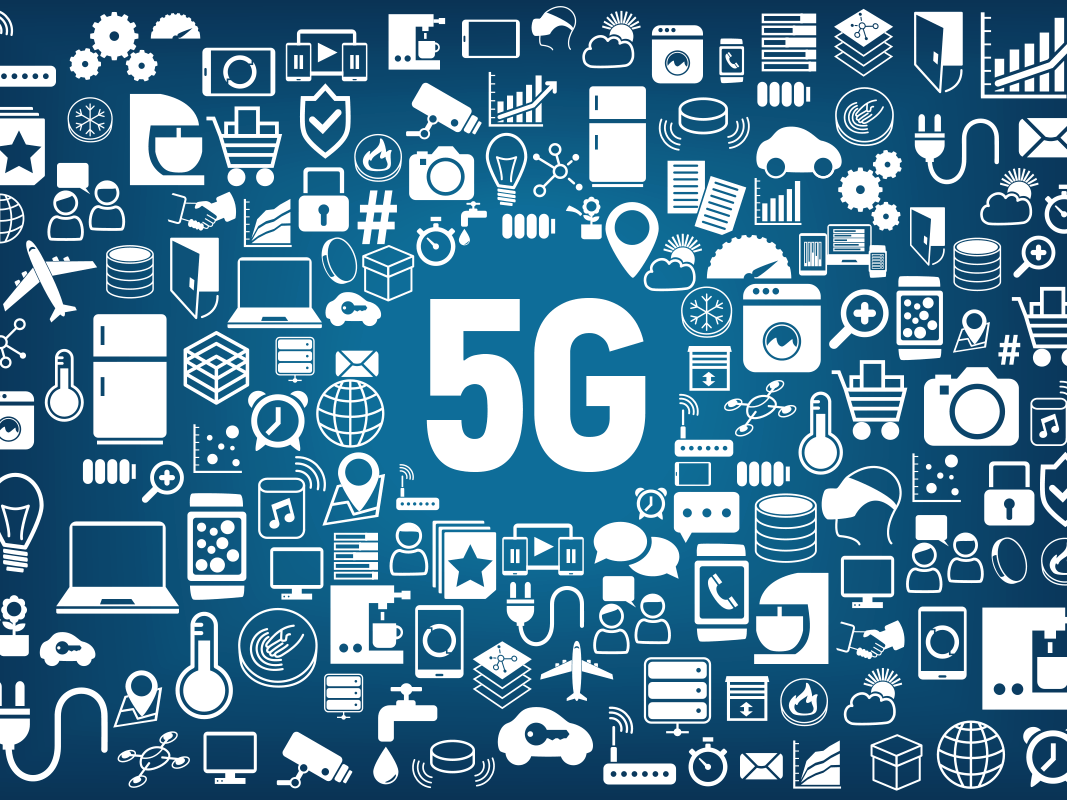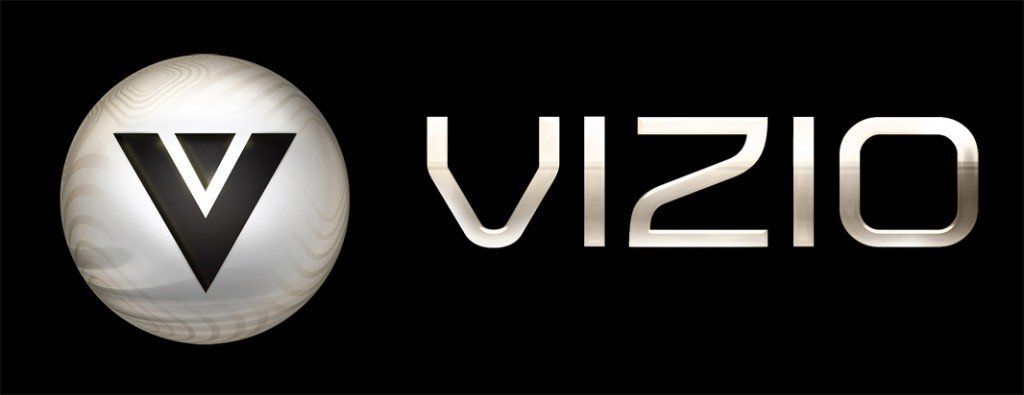DWR RESEARCH REPORTS
Digital World Research Reports
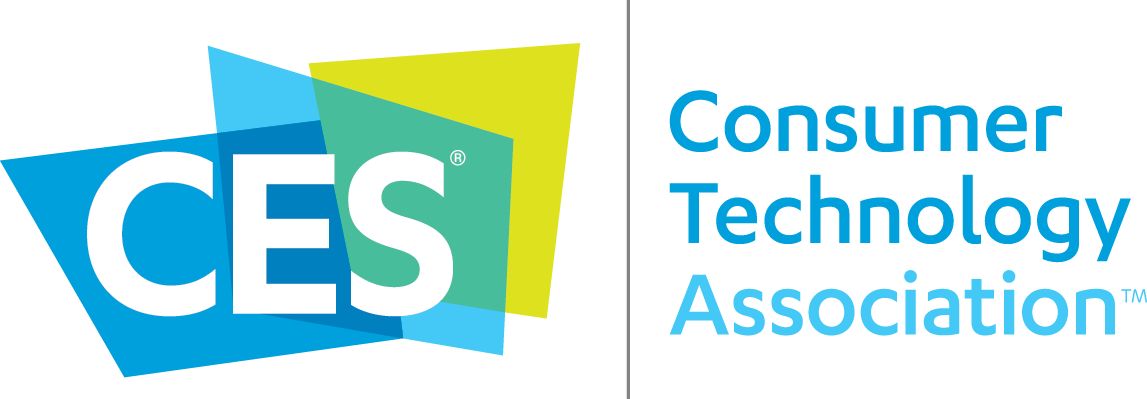
#CES2021 will go down as a relative virtual success -- no lines, wide access online, sessions timed well -- and gave the chance to dig in on how companies have adjusted to 2020 heading into 2021. These adjustments are opportunities for other companies to learn from others, because we are in the thick of #AdaptOrPerish. The one overriding theme was clear: 2020 has hyper-started consumer adoption rates to digital, changing consumer consumption behavior by a factor of years. As history has shown, consumer don't typically revert back, either. In no particular order, some observations from this week: The term "franchise is so 2020. "Universe" is so 2021 . (And you can add "Content is Still King" too.) As streaming TV/film content services have spent the last three years or so driving subscriber growth numbers, one of the underlying business model tactics has been #BuildVsBuy when it came to adding content to the service to build out the library while attracting new subs. The balance of creating original programming versus acquiring licensed content is regularly being tested and where the bulk of investment dollars for the next 12-to-24 months go. Take it one step further and more mature services such as Netflix have been focused on which international markets to spend money on for local content in those markets while still offering enough to the U.S. subscriber market and holding off any rising churn rates. Part of the licensed content land grab has been for franchised content, whether it is, for example, Friends or Seinfeld or His Dark Materials . This year will see the expansion of the more important term: universe. The universe of Star Wars (Disney/LucasArts), the universe of The Avengers (Disney/Marvel), the universe of DC Comics (Warner Brothers). Comic book stories were sometimes islands of characters, and occasionally they overlapped. As those books moved to film, collaboration and overlap and off-shoots of story lines have grown in multiple prongs. There are TV series, mini-series, film adaptations--in other words, short-form and long-form content to be consumed on multiple-sized platforms, from phones to the Box Office. Do consumers really know what they want to watch? @HBO had an interesting point on consumers viewing patterns: 66% of time, consumers know what they want, while 33% of time they’re looking for new. This is classic push/pull content balance for subscription providers. The 66% of time means that the service has to have a strong library of content that has few friction points to discovery and consumption. That 33% of looking for new? This is an evolution of what we saw 20 years ago in the early days of streaming audio, where streaming radio "channels" were either being curated by panels of "groovers and musicologists" (one music service did actually promote that phrase) versus early algorithms setting programming options. The net-net is that consumers win. They enjoy a better experience, leading to a sticky subscription service. Potential benefits for the service provider include lower churn rates, lower marketing costs, better margin expansion potential, and better consumer data to build strong profiles for potential targeted advertising. Voice hits its stride in 2021 . The evolution of consumer behavior with user interfaces continues to mature, from keyboards to digital pens to touch screens to voice commands. The use of voice is going to quickly become a default interface for many (mostly younger) consumers, from search to commands to dictation. This leads to a deeper learning set and the concept of a relationship of sorts with Alexa/Siri/Cortana will grow. A consumer could ask “Hey Siri, what should I watch tonight?” The question suggests inherent trust that Siri (or others) know enough of the consumer to give a relevant answer. The result could be a combination of known viewing habits, time of day, location, companions, how busy a day one had, consideration if dinner has been made/ordered/eaten, tone of voice, filter of live events...the combined data sets are endless. We have consistently seen in consumer survey data that the 18-to-30 year old market is comfortable with tradeoffs of giving up data in order to get a more personalized recommendation. Also underlying is the trust in a reasonable result. Services such as Alexa are logging reams of data while answering a wider array of questions beyond "Alexa, what is the weather forecast for today?" Added functionality such as traffic information, intra-home device calling, streaming music, answering questions, telling jokes...all build up trust in getting a targeted response. (Bonus: pick a voice with an accent you find familiar or comforting for Siri!) Voice will become much more prevalent in homes in 2021. #GenerationMe #ItIsComing #CanBeCreepy #ChangingConsumerBehavior What is "entertainment?" Who is a "gamer?" The concept of a "gamer" is simple these days: everyone. It is no longer just a teenager in a basement on a console, and one panel said the gaming market is 40% female. The concept of "entertainment" is now likely simple: it is everything. It is no longer just a TV show, going to the movie theatre, or to a live sporting event. "Entertainment” is now in people’s homes for cooking shows, fashion shows, DIY shows, podcasts, Zoom cocktail hours, etc. The services have redefined entertainment too as a major source of eyeballs and time on screens thanks to both TikTok and Twitch. Both have grown straight vertical users/user hours and 2021 should continue that acceleration. One service, however, that sank in 2020? Quibi. With dominating screen time of such importance, Quibi was really well positioned with very short-form, quality video content with A- and B-list talent. Unfortunately, when consumers stopped commuting in 2020, Quibi sank. It would have probably worked in 2021/22 and will be interesting to see how Roku continues to move away from being a hardware and service company to service company and integrate the Quibi content into its platform. #DigitalEmpireBuilding
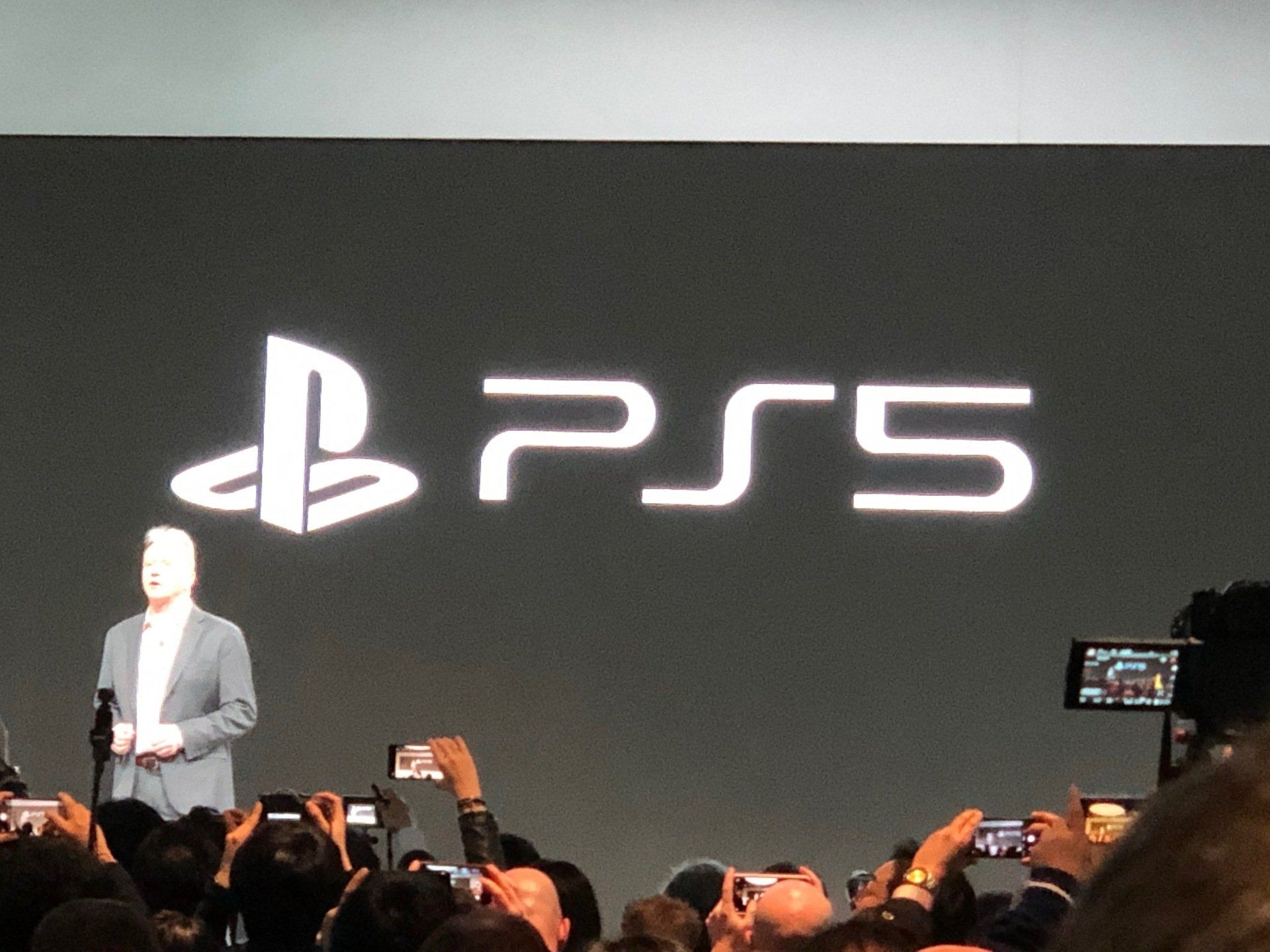
YES. The launch of the upcoming Sony PlayStation 5 and Xbox Series X consoles could be delayed, have reduced launch inventory numbers, or be configured to regional launches which means no simultaneous global launches this Fall---all due to the COVID-19. Let us be clear, too – there are many unknowns at this point in February, especially understanding when manufacturing workers in China will be back to full-time production, enabling the supply chain, manufacturing and assembly for the upcoming consoles. While the consoles may still launch as scheduled in the Fall in North America, the global rollout, launch numbers and software support will be causing scenario planning discussions as the global outbreak of COVID-19 continues. There are likely two current scenarios for launching the PS5 and Xbox Series X consoles in North America. The optimistic scenario is for an October launch, which allows retailers to sell hardware for 10-11 weeks before Christmas. The second scenario is a pre-Black Friday launch in mid-November, allowing the new console(s) launch(es) to be on the shelves ahead of Black Friday and what is now an extended sales period leading up to and following the day after Thanksgiving. To build a schedule for key dates for making October/November possible is similar to getting an orchestra to play in sync at a future date—it requires layers of coordination. The console maker needs to hit critical dates around dev kits being built and distributed, retailer support being lined up, media buys locked in, operating systems being finalized, third-party software finalized for launch, and hardware debugged and manufactured for scale for shipment to North America. The last point? It is likely causing the most worry at this point because of the uncertainty of how off-schedule manufacturing is going to be disrupted this month, March, April, etc . It is virtually impossible to predict when the outbreak will subside and the supply chain and manufacturing are back to work in full force . What we can predict is a timeline for manufacturing given an October or mid-November 2020 North American console launch.
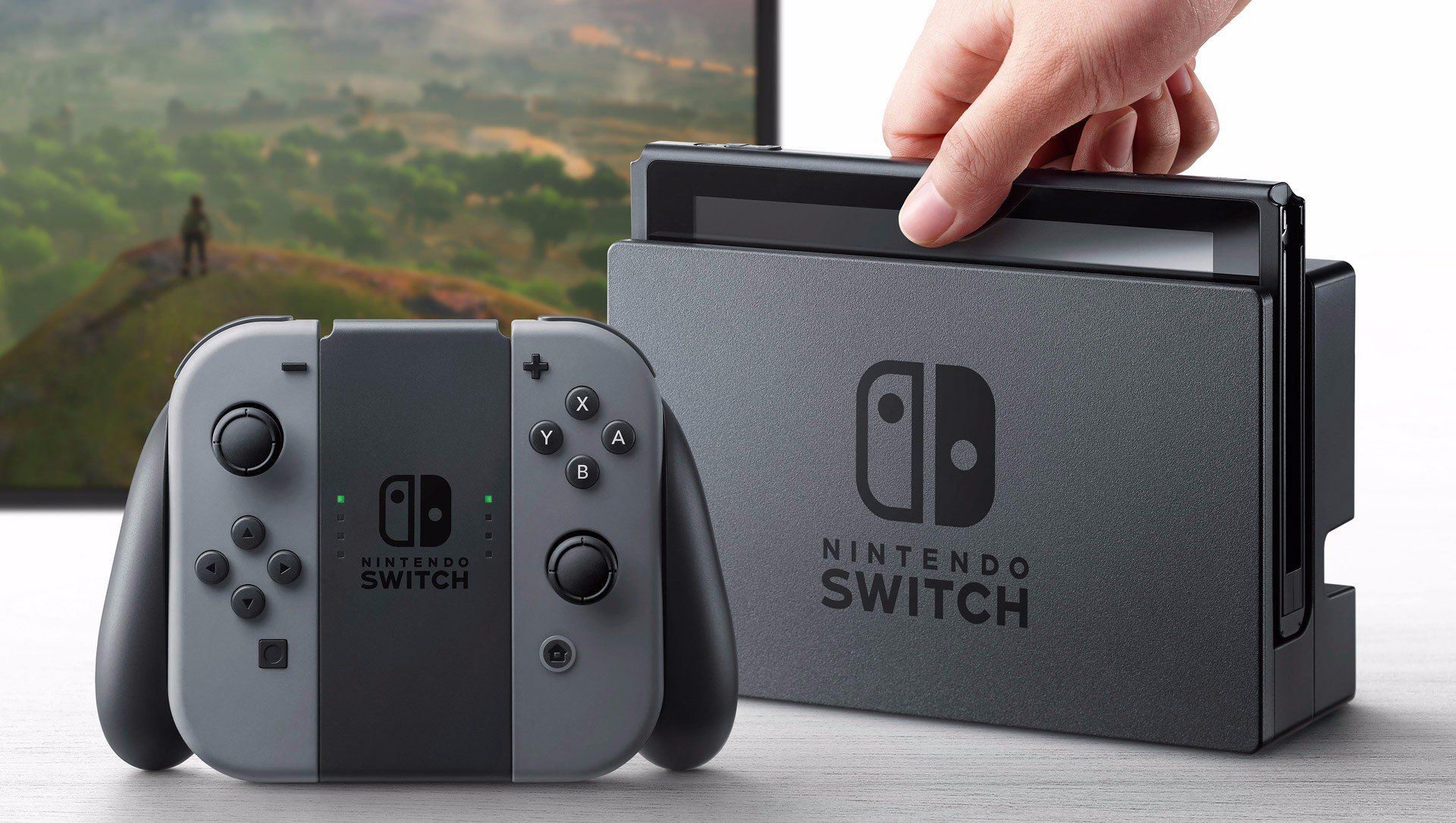
While the market is currently focused on the Xbox One and PS4 consoles, there is a case to be made that a year from now, the upcoming Nintendo Switch could be the top-selling console in CY 2017. Three factors: 1. What is the case for the Switch? 2. What is happening with Sony and Microsoft? 3. What else could influence dollars to the segment? VR? Mobile? 1. What is the case for the Switch? Nintendo announced its upcoming new console, called the Switch and is scheduled to launch in the first quarter of CY2017. While there has been early criticism, as expected, of how the console looks, history shows that software drives hardware sales, and Nintendo has the most top-10 most popular IP in console history, with IP such as Mario, Zelda, Donkey Kong and Super Smash Bros. These are multi-generational games, meaning that the big IP typically launch once per hardware console cycle, and are multi-family generational titles. There are many 40-to-60 year old parents who grew up playing Nintendo games, a tradition shared by many 15-to-39 year olds also understand. Nintendo IP is often family friendly, and again, has the easiest path for a family to just pick up controllers in the Living Room and just play. No family sits around the Living Room with four Xbox One or PS4 controllers, or connects on four Amazon Fire Tablet, or on four Apple iPads. This family gaming is a Nintendo tradition, and neither the Xbox One nor PlayStation 4 have focused on this aspect of multi-player family gaming software with any significance. Remember—when the Xbox One launched, it was focused on being an entertainment platform, while the PS4 was focused on the hard-core gamer market. So Nintendo will focus elsewhere—the family demographic with familiar, fun, friendly software. Nintendo sets itself as being the likely choice the second-console-in-the-house position. The Xbox One and PS4 are just over three years old since the November 2013 launches. Assuming that the Switch is priced at $299 or less, Nintendo has the opportunity to launch a swath of big first-party games for the March and June quarters of 2017, and have the third-party publishers (Electronic Arts, Ubisoft, Activision, Take-Two, etc.) target September and December 2017 quarters to launch. The extra six-to-nine months are likely critical to third-party publishers for development time. This means the value proposition of buying a second console—with lots of first-, second- and third-party software available by Holiday 2017. It is worth noting, too, that the public support for the Switch is notably better than for either the Wii or WiiU launches. Why would the business model case for Nintendo fail? Likely one of two reasons: 1. Supply constrains inventory to the point of frustration for consumers and limits market share. 2. History repeats itself and Nintendo fails to roll out a continual flow of big IP after the launch of the Switch, leaving the channel short of marketing opportunities to push the new console. 2. What is happening with Sony and Microsoft? Both companies are in new ground for Holiday 2016. The fourth quarter is typically the strongest hardware sales period, and Sony is pushing the new, updated version of its console, with the PS4 Slim ($299) and the PS4 Pro ($399), while Microsoft is pushing its Xbox One S. They vary in power (both CPU and GPU), and 4K streaming vs. 4K gaming, and consumers already know about the next Xbox One (Project Scorpio), slated for launch in Q4 2017. Again, it is an upgraded box over the Xbox One S, with full 4K gaming and 4K streaming, as well as likely enablement of a host of Virtual Reality/Augmented or Mixed Reality offerings. The corporate goals for the companies, as a result of these hardware rollouts, show divergent paths: Sony has one goal and one goal only: to sell as many PS4 consoles as possible as the PlayStation business is the core of the company moving forward. This means that Sony has been very aggressive, with multiple bundles or discounts through partners such as GameStop, Best Buy, Target, Amazon and Wal-mart. Microsoft switched its goal to enable alignment between the underlying operating system to be Windows 10 for the Xbox as well as for tablets and PCs. This means Microsoft can enable cross-play among devices, opening up its ecosystem to more partners, including on the VR/AR/MR front. It also then appeals to developers who might want to code once, distribute anywhere in the Win10 ecosystem. Hence, this holiday, Microsoft has been happy to sell Xbox One S boxes, feature 4K streaming, and really focus on gaining share in Holiday 2017. Could both Sony and Microsoft generate problems for Nintendo in CY 2017? Sure. It could come from a break-through title in VR that speeds up consumer adoption (and spending) on VR equipment, or it could be in the form of a killer, brand-new IP that sparks console sales (such as the original Halo launch), or it could be from either Sony or Microsoft being aggressive for either an exclusive licensing deal (such as for the next Grand Theft Auto), or going the merger and acquisition route (such as Microsoft buying Valve). These are all scenarios that could dim Nintendo prospects in 2017. 3. What else could influence dollars to the segment? VR? Mobile? It has been a popular argument to say that Nintendo has lost market and wallet share due to mobile gaming, and it has been largely true of the declining cycle of the Nintendo 3DS handheld systems. However, the role of mobile gaming has largely been short-session engagements, or a car back-seat babysitter. It has not replaced the Living Room family experience, and that is why the Switch launch could be impactful to the overall gaming market. Will VR/AR/MR take dollars from a Switch launch? The answer is likely no, but with some assumptions, such as Sony not having a killer PSVR game launched in 2017 (see https://www.digitalworldresearch.com/Virtual-Reality-Forecasts for our recent VR piece). If it does, it could erode some potential dollars at the margins for Nintendo. If the Samsung Gear or Google Daydream View sell incredibly well in 2017, those are likely incremental, small dollars (most headsets are either bundled or cost under $100). And at the high-end of VR, there is likely not many households making a buying decision between an $800 VR solution (assuming they have a compatible PC) versus a $299-or-under Switch.
